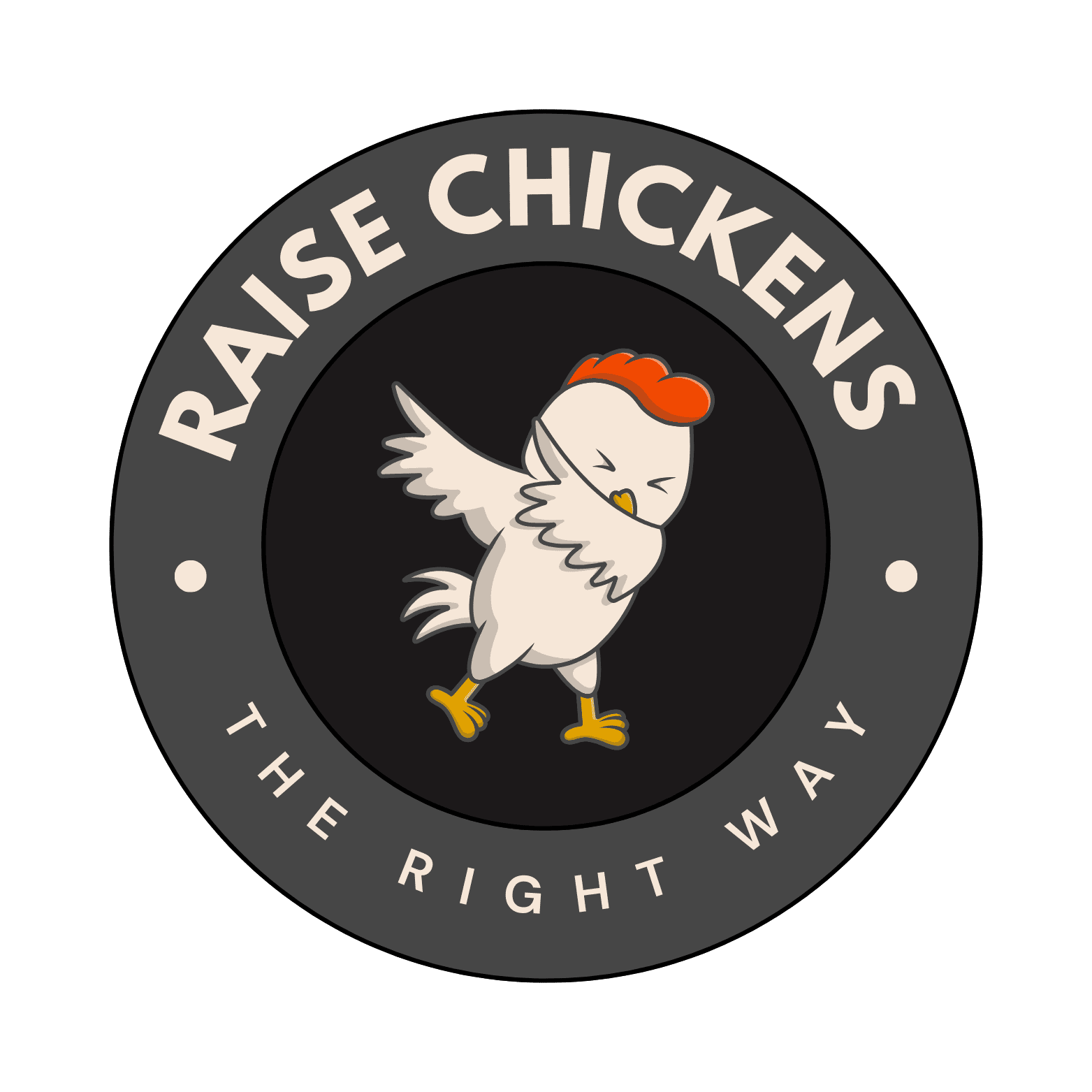My Experience with Viral Arthritis in Chickens: What Every Poultry Keeper Should Know
After spending over two decades raising chickens on my family farm, I’ve encountered my fair share of challenges. But there’s one condition that still makes my heart sink whenever I spot its telltale signs: viral arthritis. I’ll never forget the first time I noticed one of my Rhode Island Reds struggling to walk across the coop. That’s when my journey of understanding this complex viral infection began.
Understanding Viral Arthritis in Chickens
Viral arthritis, also known as tenosynovitis, is a condition that’s caused my countless sleepless nights. It’s a viral infection that primarily affects the joints and tendons of chickens, and let me tell you, it’s not something you want to deal with in your flock. The virus responsible belongs to the reovirus family, and it’s particularly sneaky because it can spread both vertically (from parent to offspring) and horizontally (between birds).
Spotting the Warning Signs
Through my years of experience, I’ve learned to spot the symptoms early. Here are the main signs I watch for:
The Impact on Your Flock
I’ve seen firsthand how viral arthritis can devastate a flock. What starts with one limping chicken can quickly spread throughout the coop. The most frustrating part? It primarily affects young birds between 4-8 weeks of age, right when they’re supposed to be in their prime growing phase. I’ve had batches where growth rates dropped by 20%, and trust me, that’s not something any farmer wants to see.
Treatment Options: What Really Works
Here’s the tough truth I’ve learned: there’s no cure for viral arthritis. However, don’t lose hope! There are several supportive care measures I’ve found effective:
Prevention: Your Best Defense
After dealing with several outbreaks, I’ve become a firm believer in prevention. I can’t stress enough how important biosecurity measures are. I always ensure new birds are quarantined for at least 30 days before introducing them to my flock. I’ve also implemented strict cleaning protocols and visitor restrictions on my farm.
Vaccination and Breeding Considerations
One of the most effective prevention strategies I’ve adopted is vaccination. While it’s not a silver bullet, I’ve seen significant reduction in cases since implementing a proper vaccination program. I work closely with my veterinarian to maintain an appropriate schedule, especially for breeding stock. Speaking of breeding, I’m particularly careful about selecting breeding pairs, as infected parents can pass the virus to their offspring.
Economic Impact and Management
Let’s talk numbers – because this disease isn’t just about chicken health, it’s about farm sustainability. I’ve calculated that an outbreak can reduce profit margins by up to 30% due to reduced growth rates, increased mortality, and treatment costs. That’s why I invest heavily in prevention – it’s much cheaper than dealing with an outbreak.
Moving Forward: Lessons Learned
Throughout my years of dealing with viral arthritis, I’ve learned that quick action is crucial. If you suspect an outbreak, don’t wait. Contact your veterinarian immediately and begin implementing supportive care measures. I’ve seen too many farmers wait too long, hoping it’ll resolve itself – trust me, it won’t.
